How Long Do Spider Plants Live? 12 Tips for Extending Its Life
Spider plants are known for their easy care and striped foliage. They tend to thrive with neglect and are great for first-time plant owners. If you’re new to keeping these leafy plants, you might wonder, how long do spider plants live?
Spider plants can live 20-50 years with proper care. They can live so long in part because they’re perennials, as opposed to annuals that live much shorter lives. Spider plants are also incredibly hardy and can survive even when neglected.
In this article, we’ll discuss 12 tips to extend your spider plant’s lifespan.
#1: Keep them Out of Freezing Temperatures
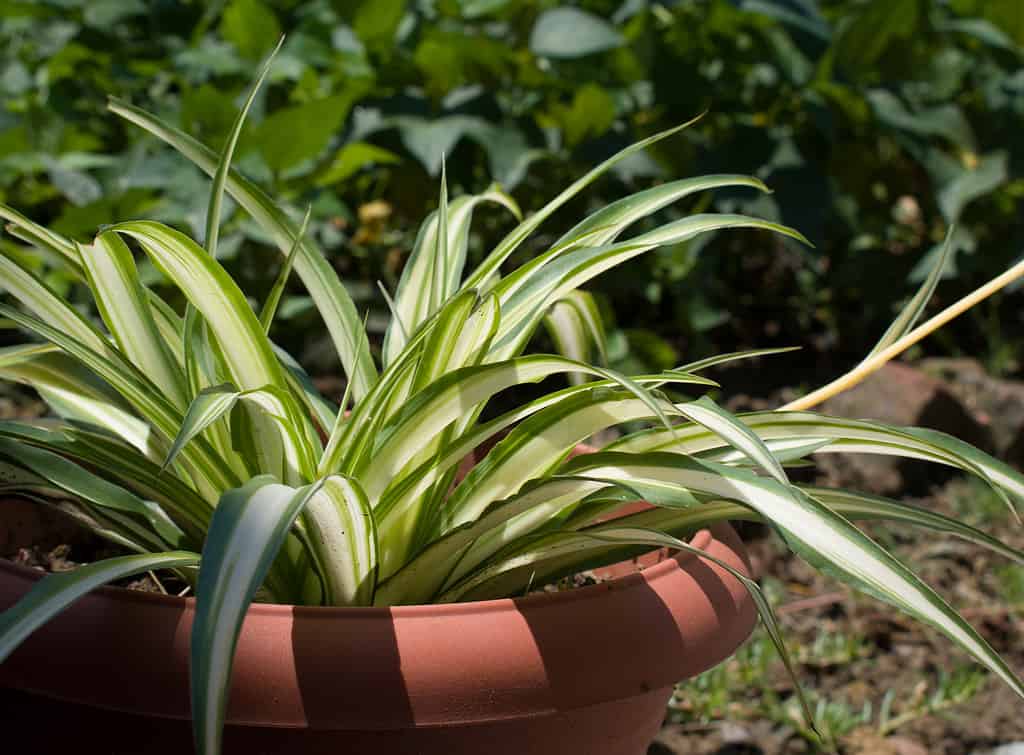
©Navaashay rawat/iStock via Getty Images
Spider plants prefer temperatures between 60 and 80°F. They can tolerate temperatures down to freezing, but won’t thrive in these conditions. Extended periods in cold weather may weaken or kill your plant.
You’ll also want to ensure the temperatures don’t fluctuate greatly, as this can cause stress to the plant.
You most likely won’t need to worry about the temperatures in your home, as they tend to be comfortable at the same temperatures that we are. You likely won’t be able to keep your spider plant outdoors year-round.
#2: Replant them in Well-Draining Soil
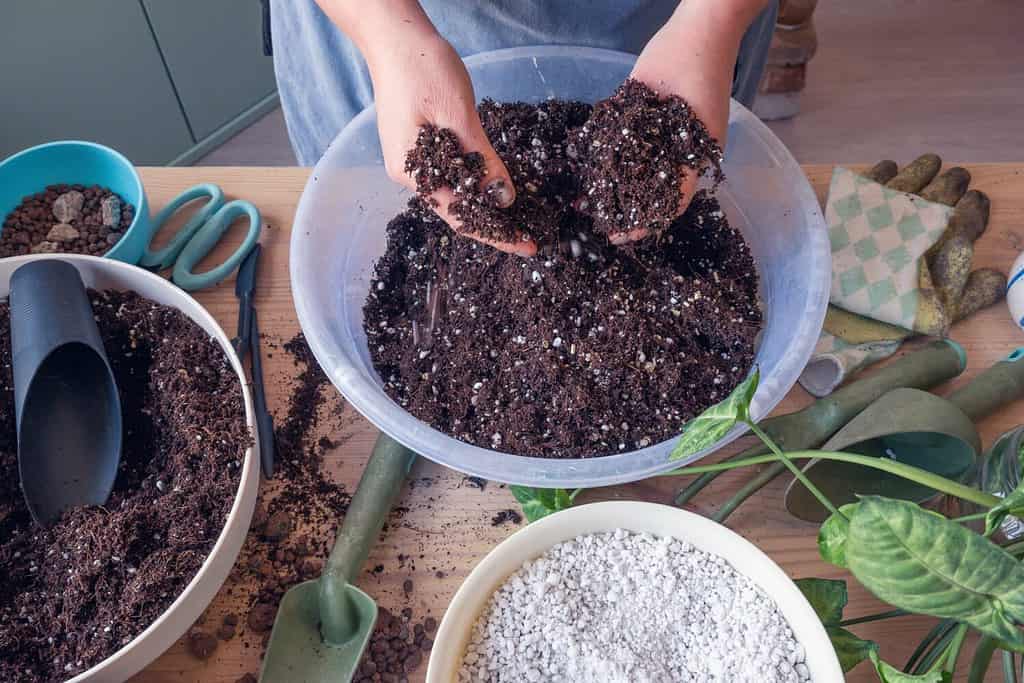
©Cem Selvi/Shutterstock.com
When you bring your spider plant home from a big chain store, it’s typically best to repot it. This is because growing conditions were likely different at the greenhouses where your plant was first grown than they’ll be inside of your home.
Many companies use poor-quality soil, such as peat moss mixes that compact over time. This type of soil won’t allow the drainage your spider plant needs.
There are a variety of soil mixes you can use for your spider plant, so it’s best to experiment and see what works best for you! Mixes with large, chunky pieces are best.
#3: Choose the Right Pot
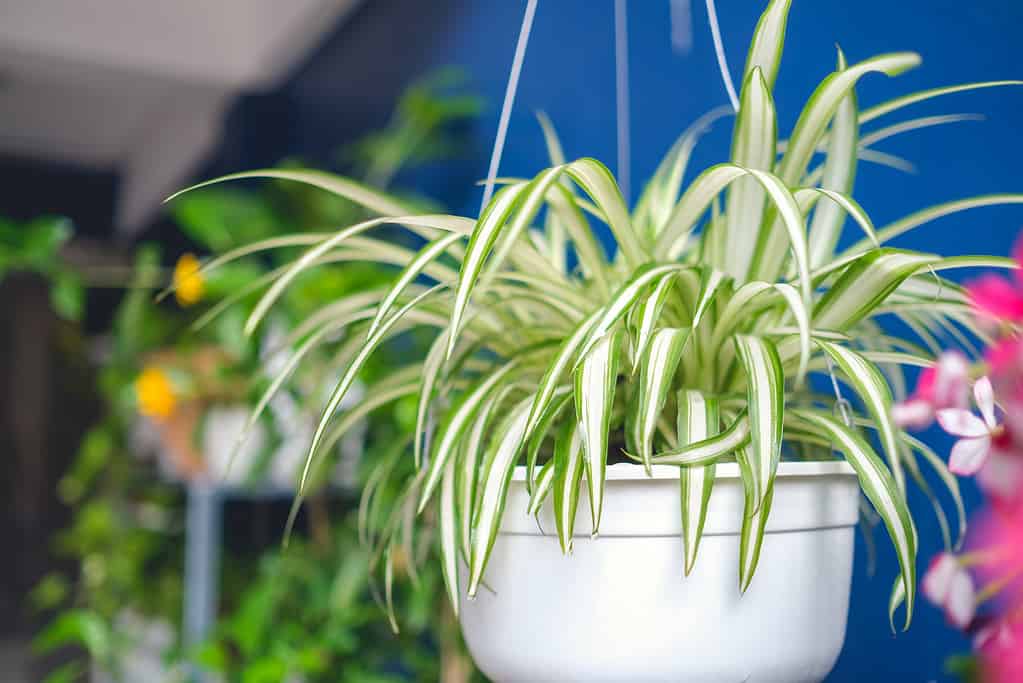
©yaoinlove/ via Getty Images
You want a pot that’s around the size of your plant’s nursery pot, or a size up if it’s already rootbound. Any bigger, and you risk the soil remaining too moist, creating optimal conditions for root rot.
Terra cotta holds the least amount of moisture, while ceramic pots contain more water. Spider plants tend to do best in pots made from porous materials, but you can plant them in just about anything so long as you modify your watering schedule accordingly.
Lastly, make sure your pot has a drainage hole at the bottom. This will allow excess water to drain out instead of puddling inside the pot, which can drown your spider plant.
You won’t need to repot your spider plant often, as they grow well when root-bound. If the roots begin poking out of the top or bottom of the pot, it’s time to move them up a size!
#4: Water Your Spider Plant Deeply and Infrequently
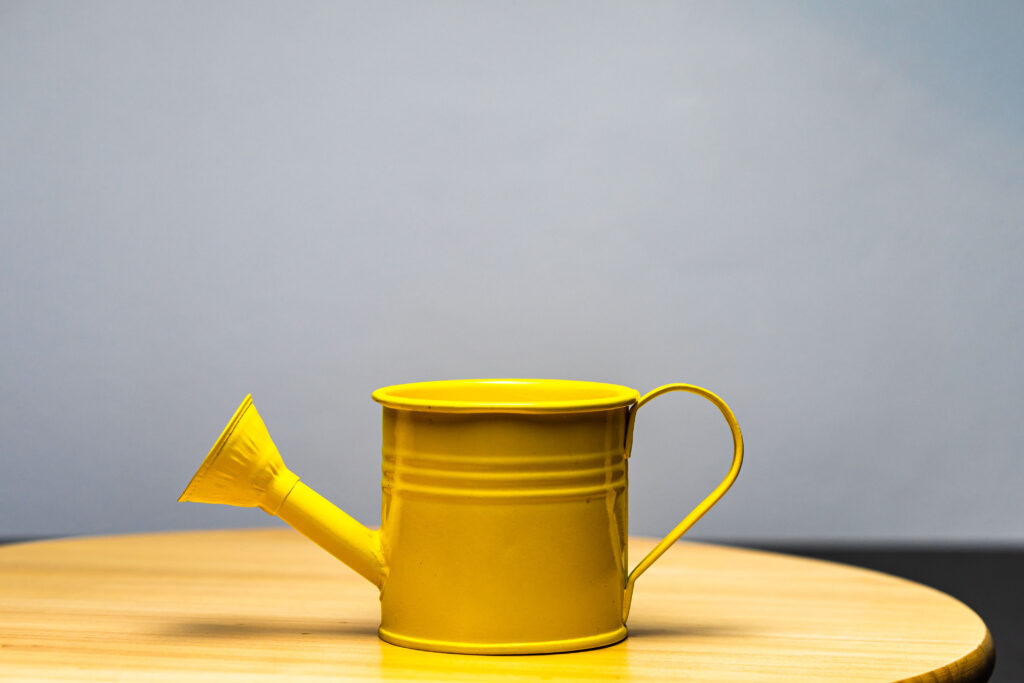
©iStock.com/Wirestock
Many people make the mistake of watering their spider plants shallowly, with just a bit of water at a time. Instead, you want to continue watering until water is leaking from the drainage hole. Let your plant dry out completely before watering again.
This mimics nature, where your spider plant would get an occasional deep rain, followed by a period of drought.
#5: Don’t Keep a Watering Schedule
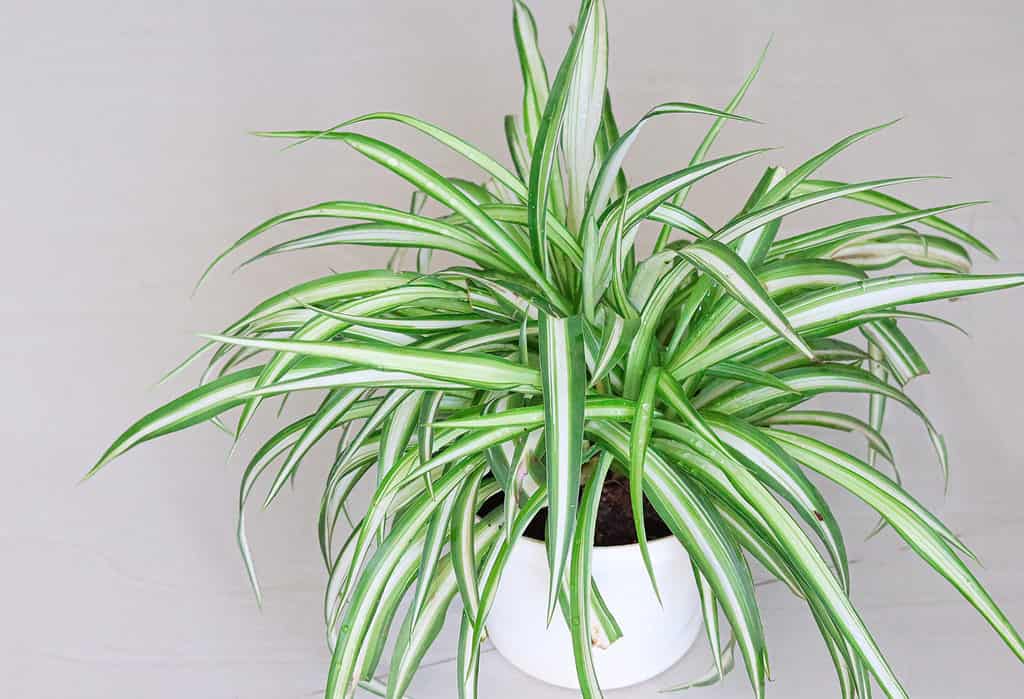
©Coplay/Shutterstock.com
Another watering mistake is to keep a strict watering schedule. This doesn’t tend to work because the amount of water your spider plant needs will depend on several factors, including lighting, pot and soil types, and even the time of year.
It’s better to have a schedule where you check for signs of thirst. In spider plants, these signs include drooping leaves and turning a slightly lighter shade of green.
#6: Spider Plants Thrive in Bright Lighting Conditions
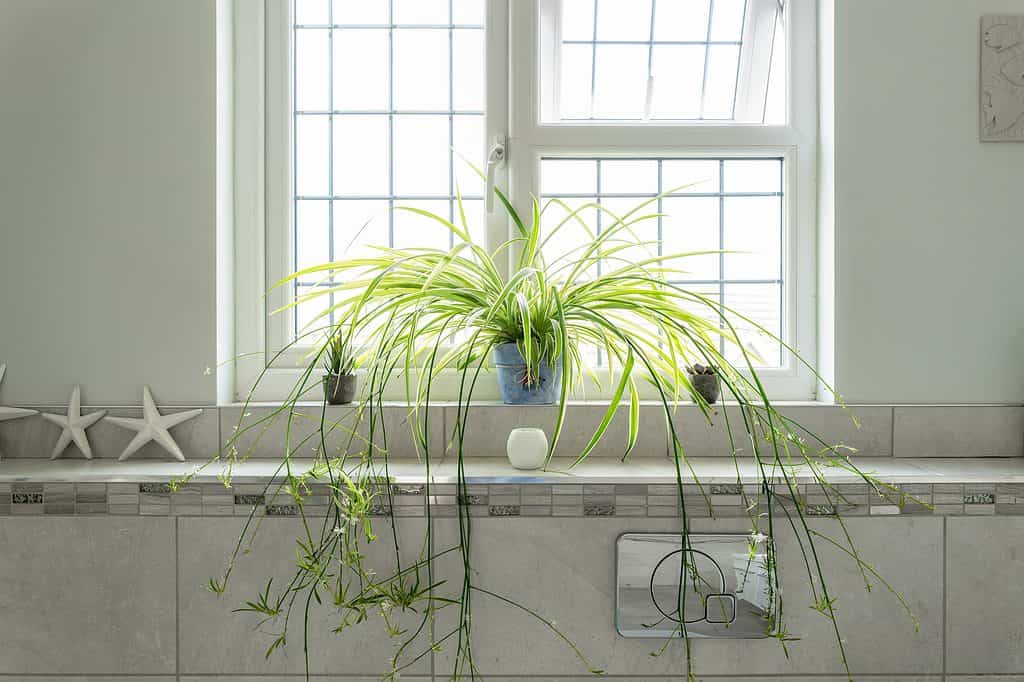
©Nick Beer/Shutterstock.com
Though they’re often advertised as low-light plants, spider plants prefer bright, indirect light. Full sunlight can burn your plant and too little light can slow its growth.
If you want your spider plant to be as healthy as possible, it’s best to move it to a bright location.
#7: Bring it Outside in the Summer
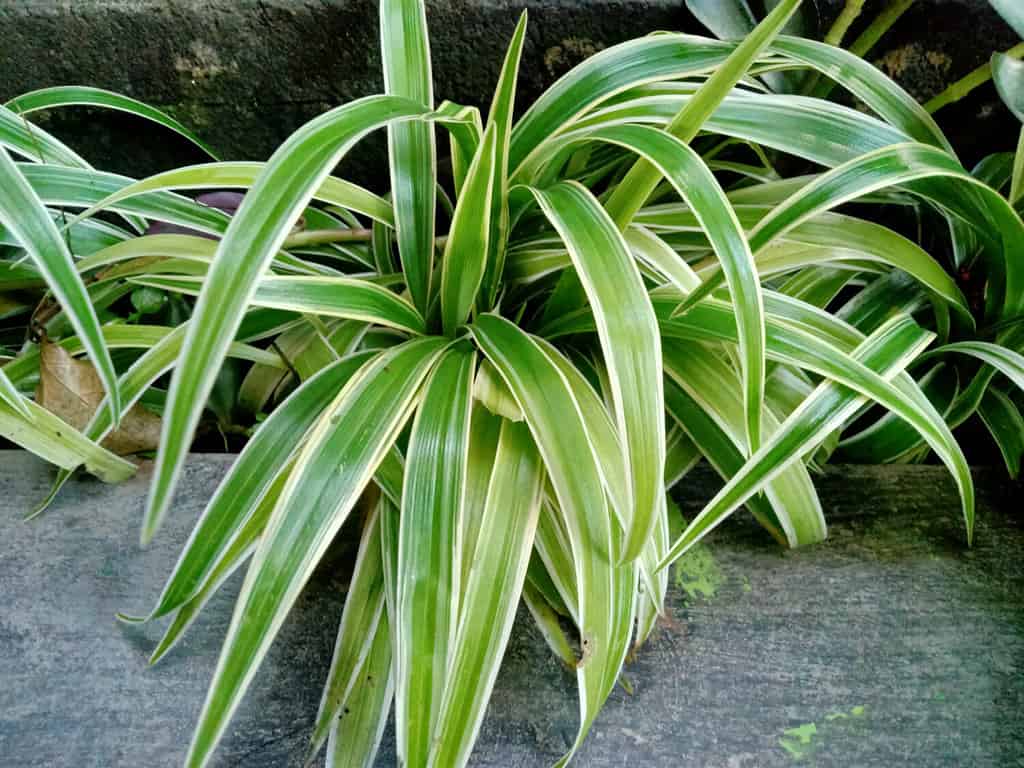
©Pamuji Eko Meiyanto/Shutterstock.com
Keeping your spider plant outside in the shade during the summer months can help it grow larger. Especially if you don’t have a lot of light in your home, this can help it stay healthier than it would indoors.
Of course, the outdoors has some risks! Never move a plant from dull to bright lighting overnight, as this can burn the leaves. Check for pests before bringing your plant back inside, and never leave it outdoors in freezing temperatures.
#8: Quarantine New Plants to Prevent Pests and Diseases
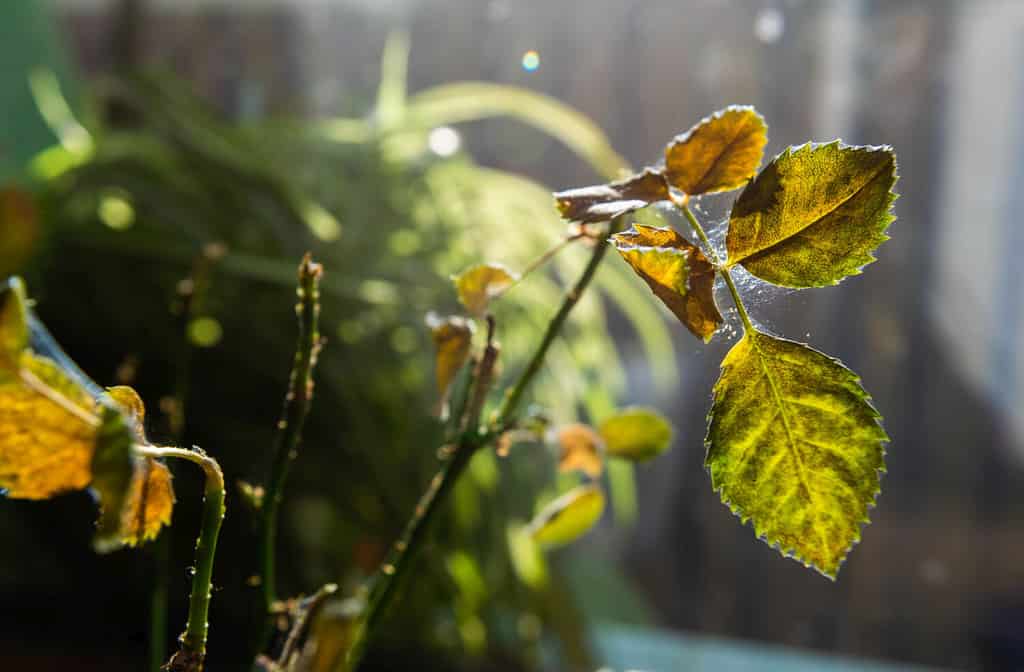
©Jana Janina/Shutterstock.com
Before setting that hosta next to your spider plant–wait! Place the new plant in a secluded area and watch it for a week or two. Look for signs of pests or disease.
Putting your plants together immediately can lead to these things spreading to your entire collection, which might ultimately kill your spider plant.
#9: Inspect Your Spider Plant Often
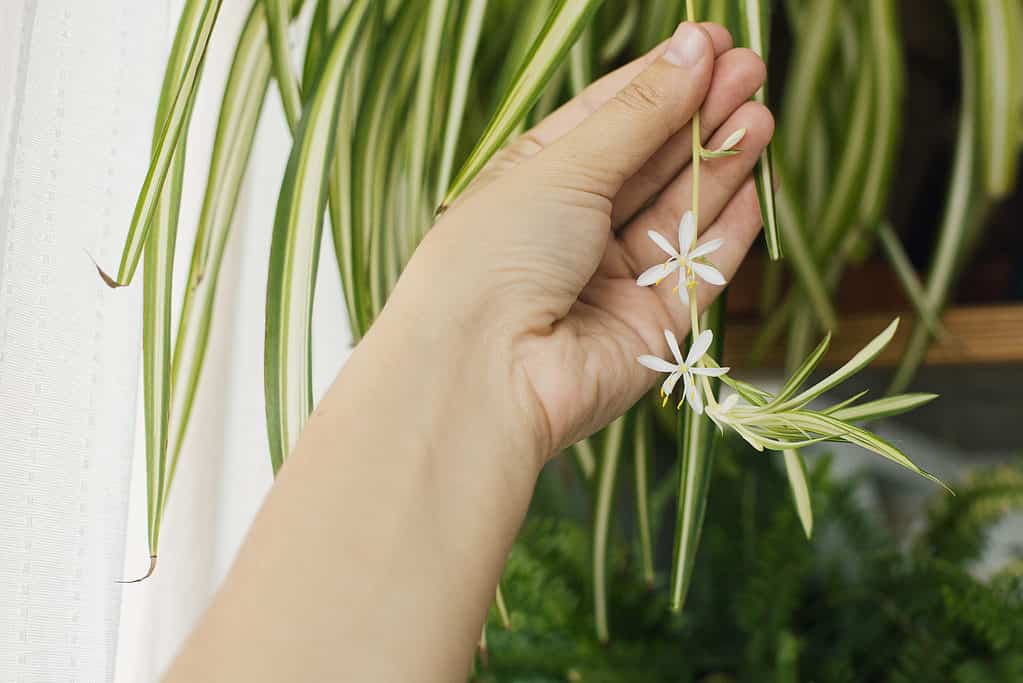
©iStock.com/Bogdan Kurylo
Inspect the leaves and soil of your spider plant frequently, paying close attention to the areas where pests tend to hide. This includes the undersides of the leaves, the center of the plant, and any folds in the foliage.
Finding pests or diseases early on can make them easier to treat so that they don’t wind up killing your plant.
#10: Clean Your Plants Regularly
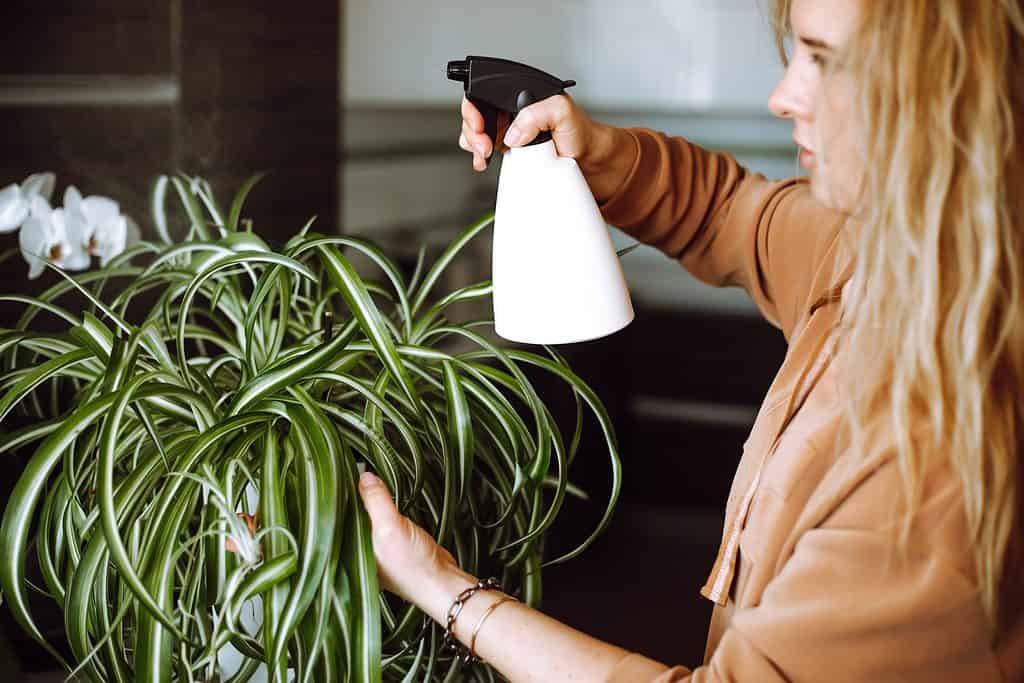
©tativophotos/Shutterstock.com
Wipe the leaves of your spider plant down with a damp cloth or give it a shower to remove dust and debris. You can also use a spray bottle to moisten the leaves before wiping them down. This helps to prevent pests and allows the leaves to soak up as much light as possible.
Remove any dead leaves as well, since dead plant matter can attract pests. It’s also not nice to look at!
#11: Fertilize Your Spider Plant
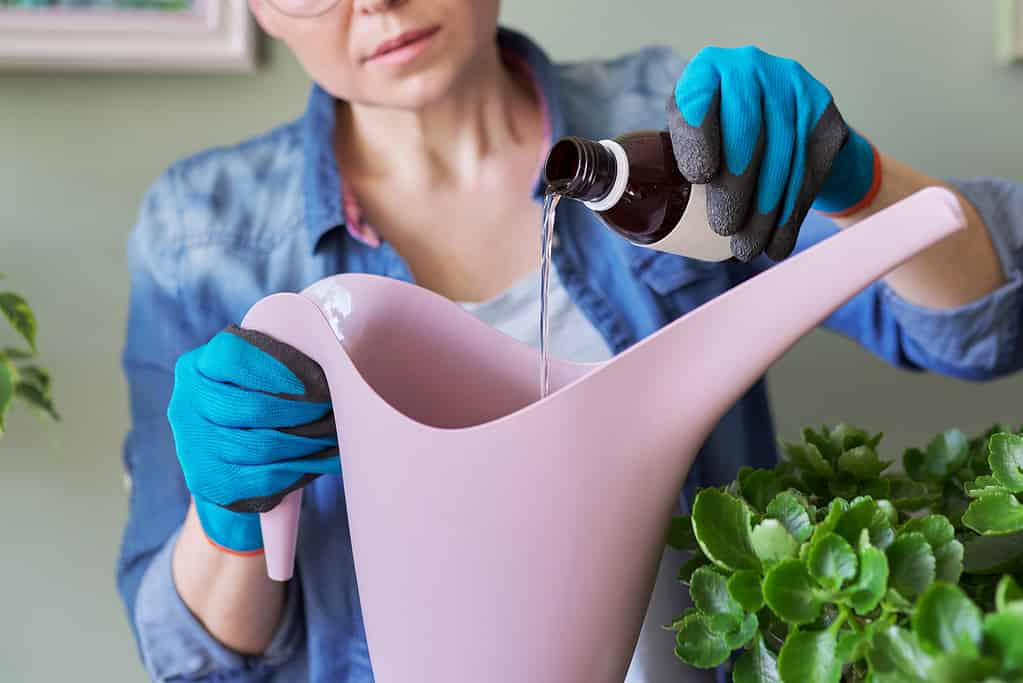
©Valeriy_G/iStock via Getty Images
Your spider plant needs more than water and sunlight to survive. It also needs nutrients from its soil.
Over time, the soil in a pot can become depleted of these nutrients. This is why it’s recommended to fertilize your spider plant once or twice a month.
Make sure to follow the instructions on your fertilizer so that you don’t overfertilize your plant, which can lead to fertilizer burn.
#12: Propagation Allows Dead Spider Plants to Live On!
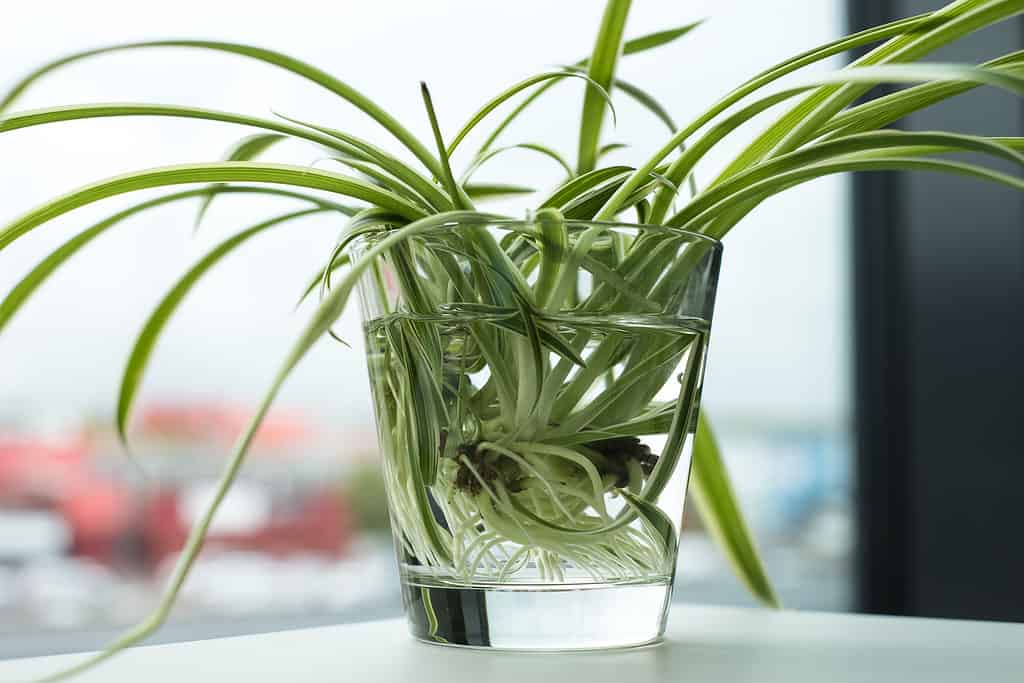
©iStock.com/jaanalisette
Propagating your plant can allow parts of it to live on even when it dies! It’s possible for a family to keep generations of spider plants alive for centuries!
Propagating your spider plant is simple. Healthy plants will produce stems covered in spider plant pups. Once they’re grown enough (I like to wait until they have roots), you can trim them from the stem and plant them in their own tiny pots. Keep the soil moist but not soggy, and wait for your new baby plants to establish themselves!
Once you get the hang of it, you’ll have more spider plants than you know what to do with. You can give them to friends and family, or keep your little spider plant village for yourself.
Thank you for reading! If you have feedback on this post, please contact the AZ Animals editorial team.









